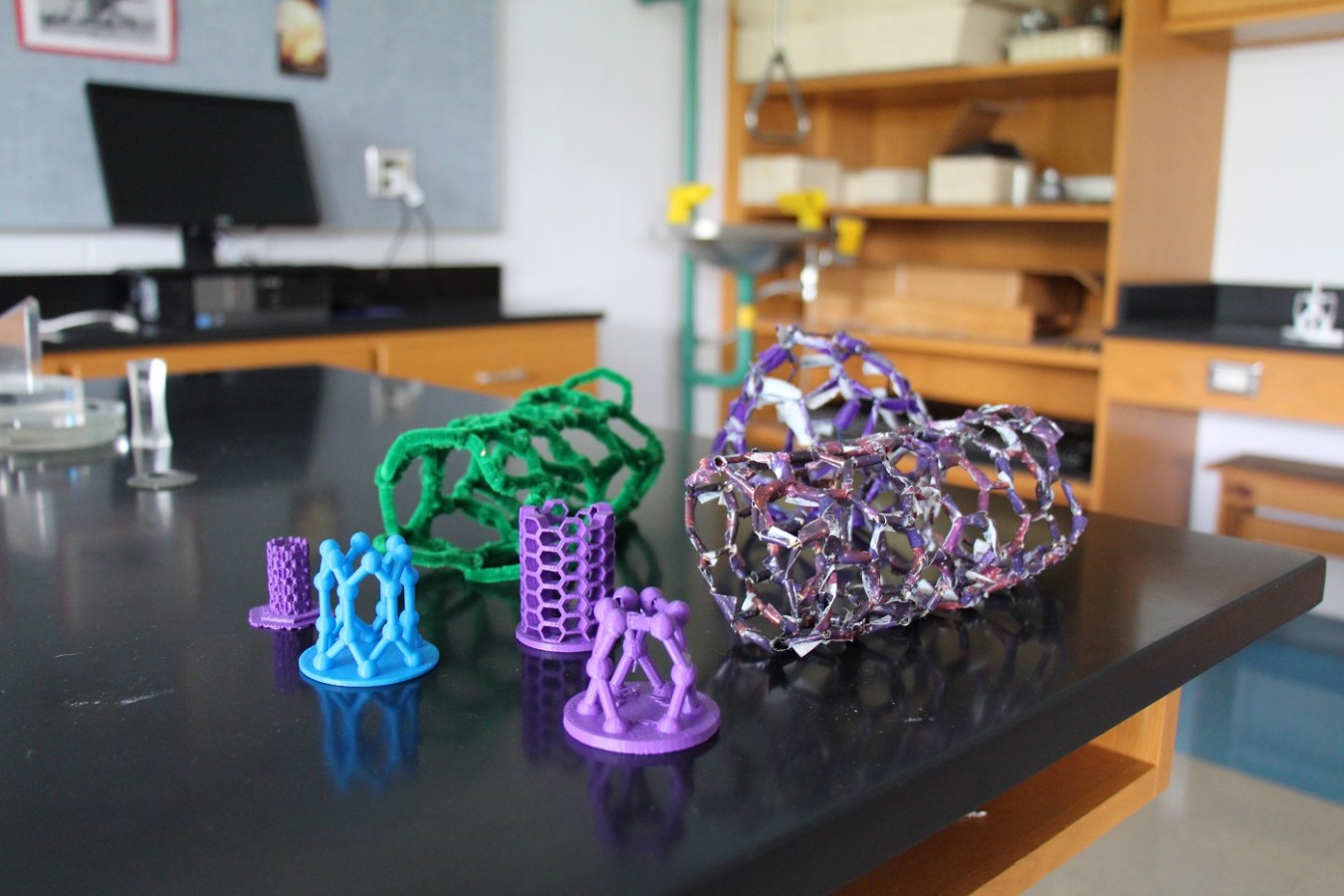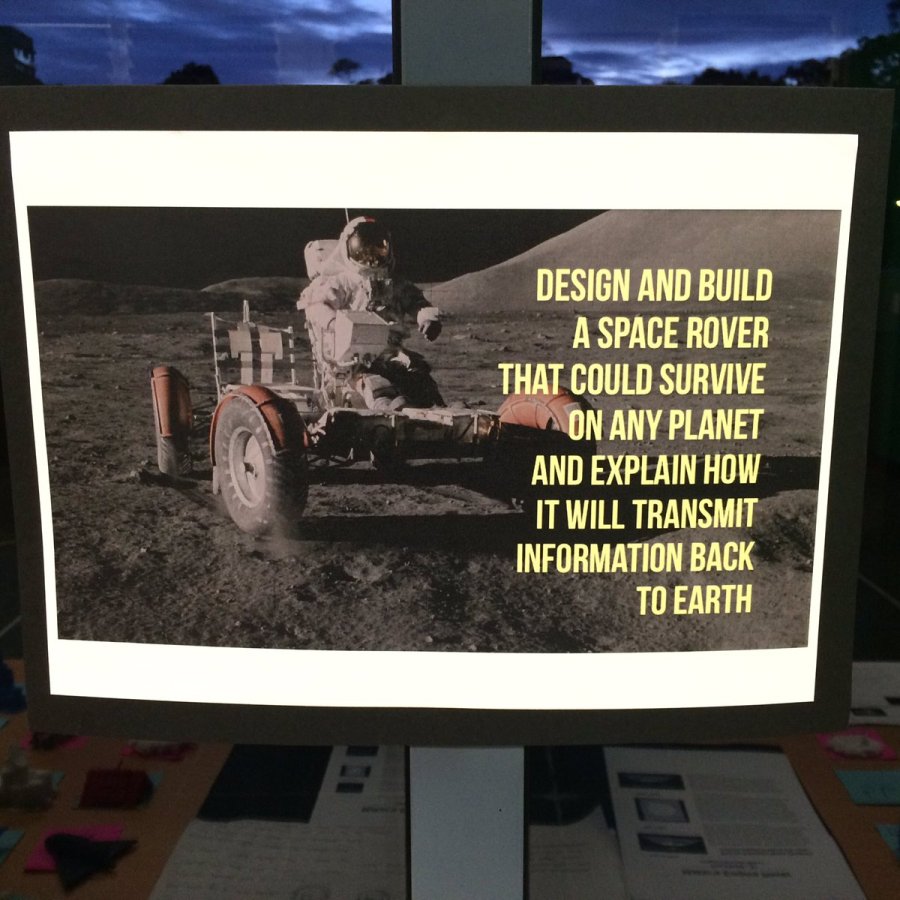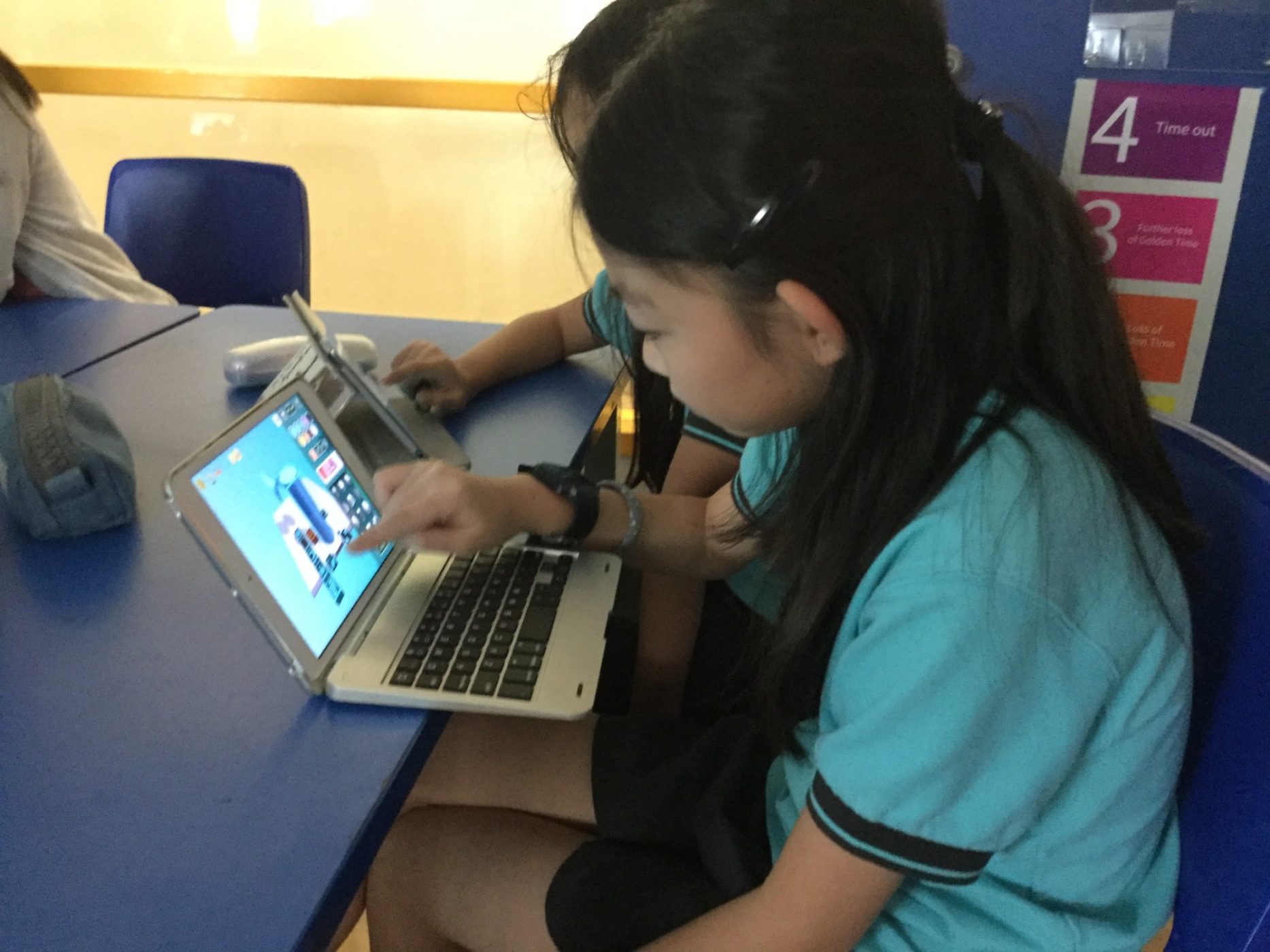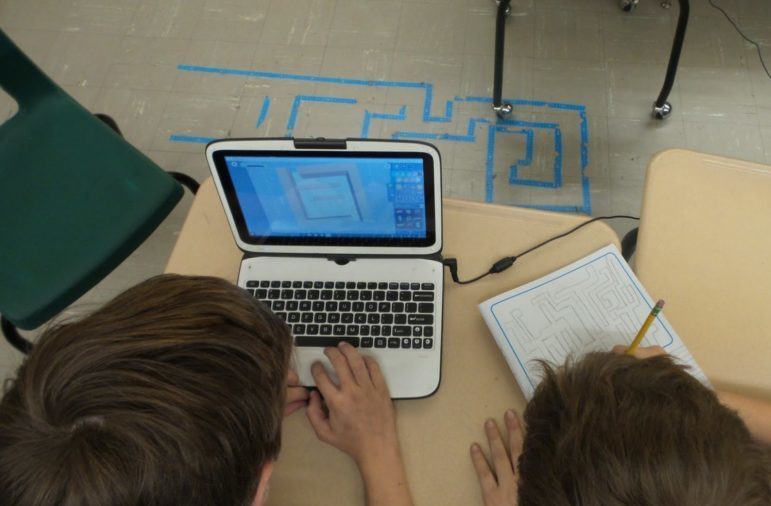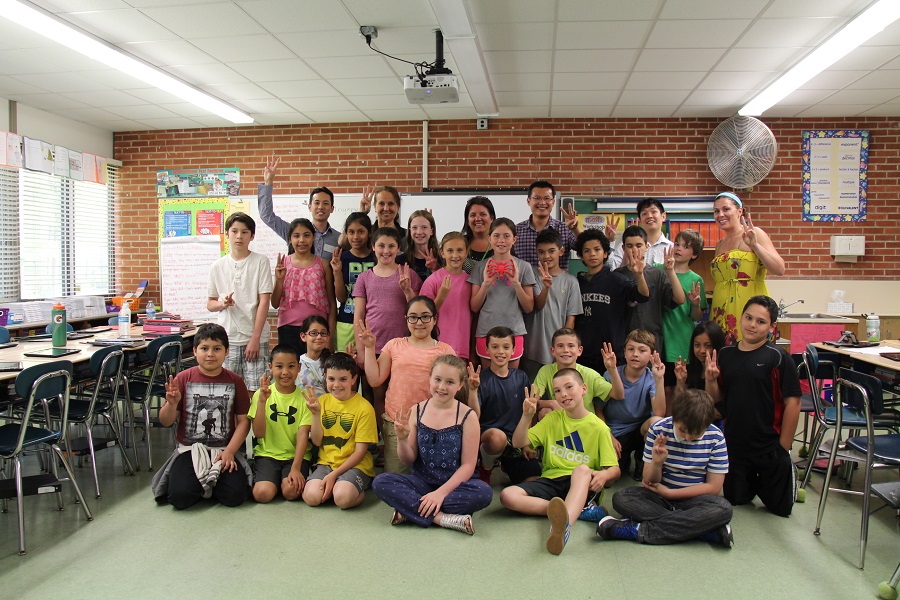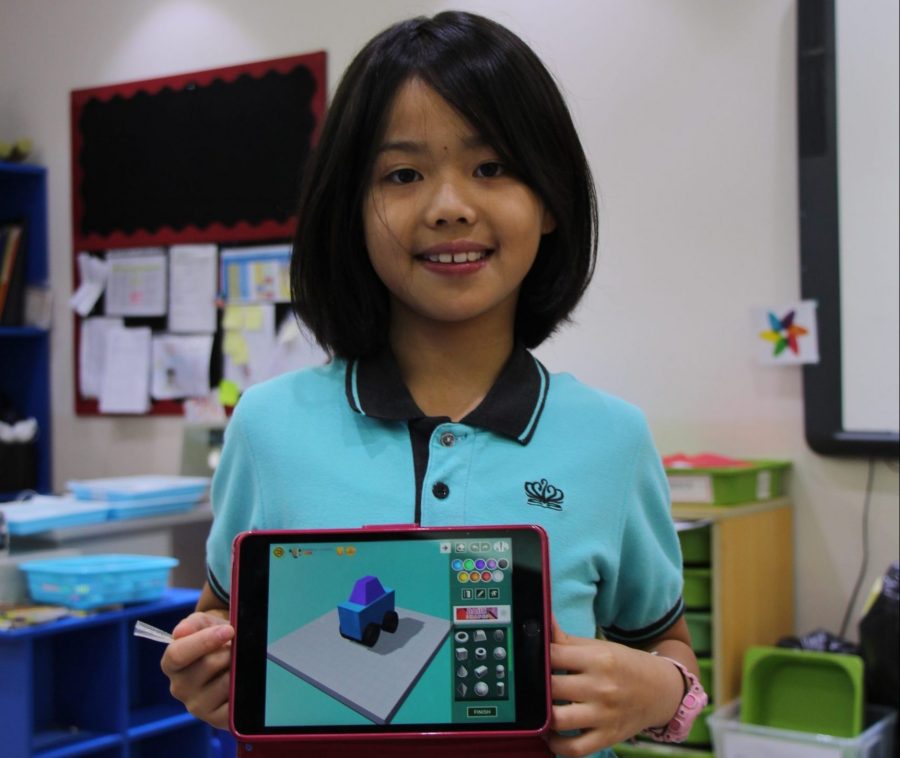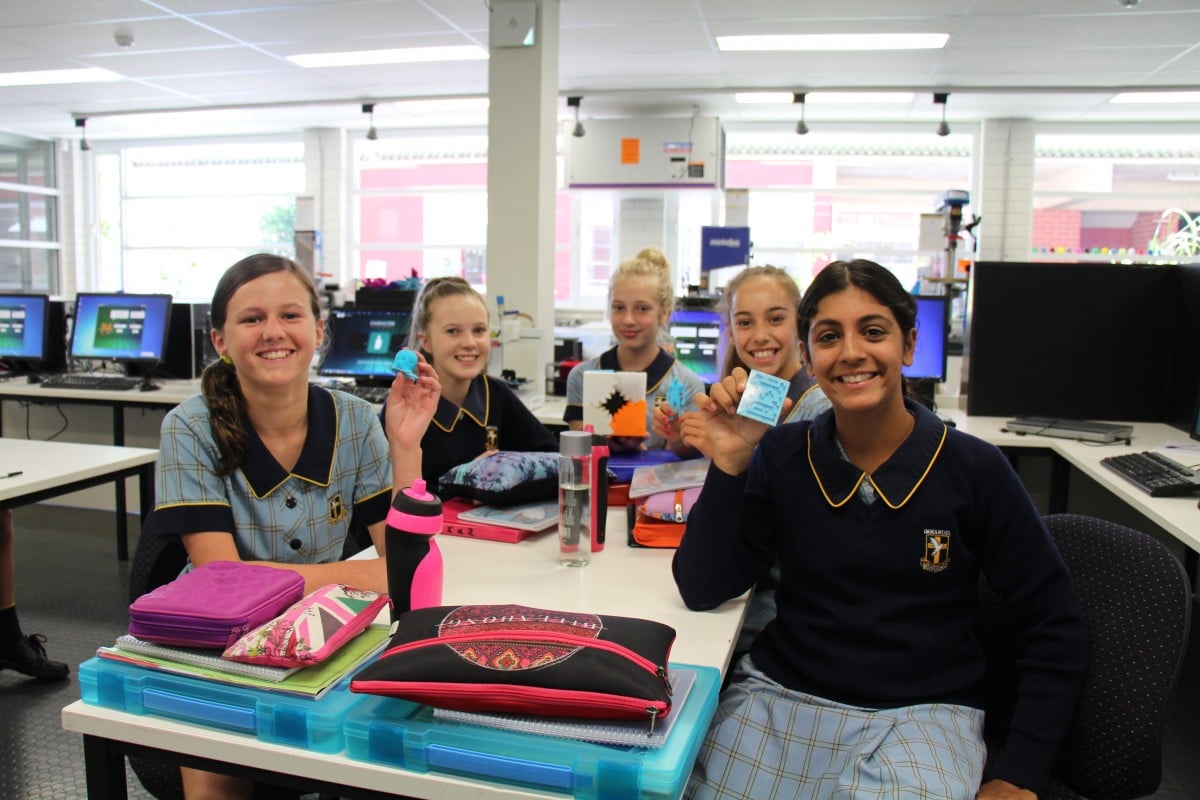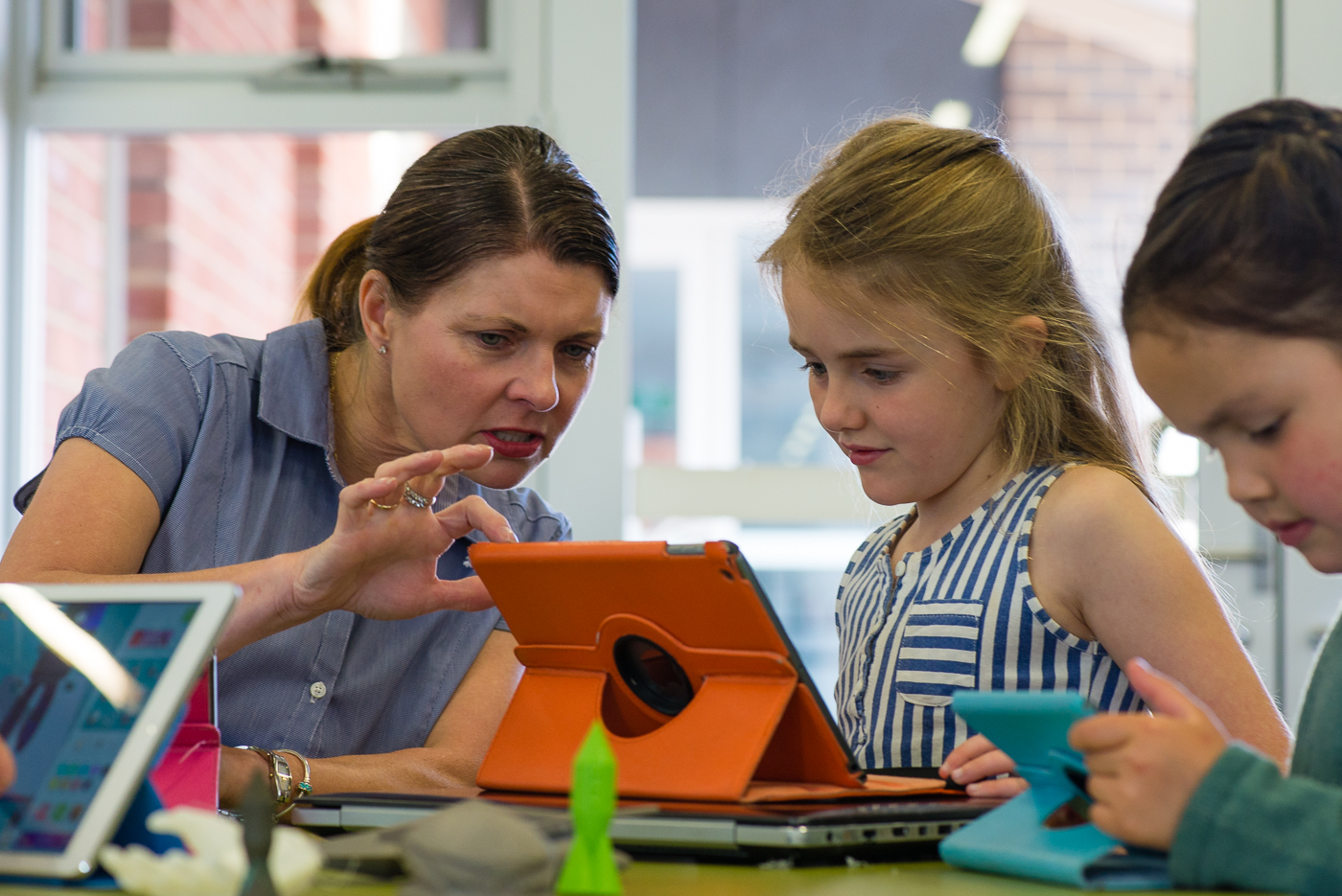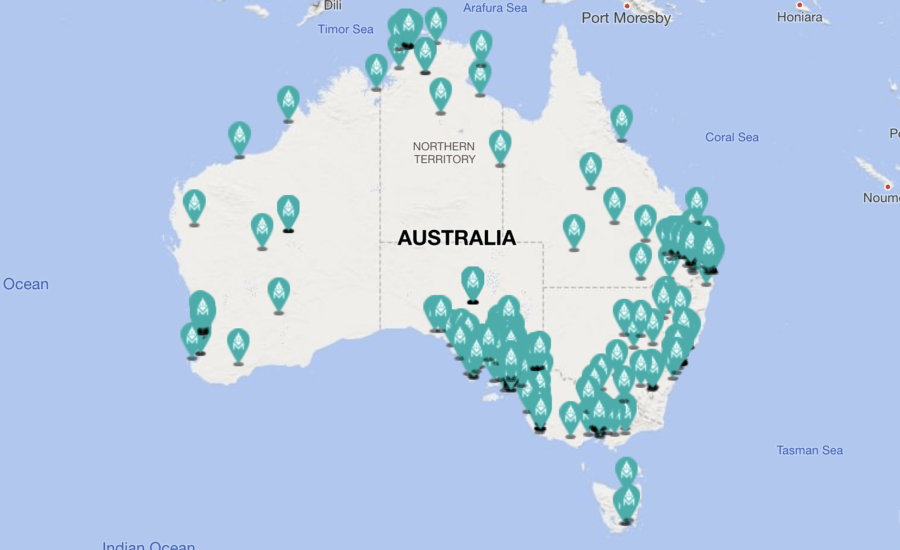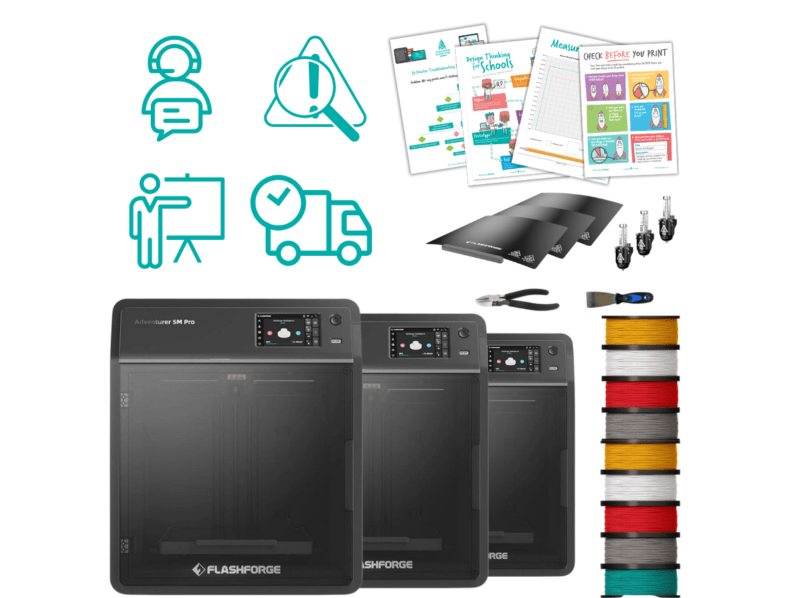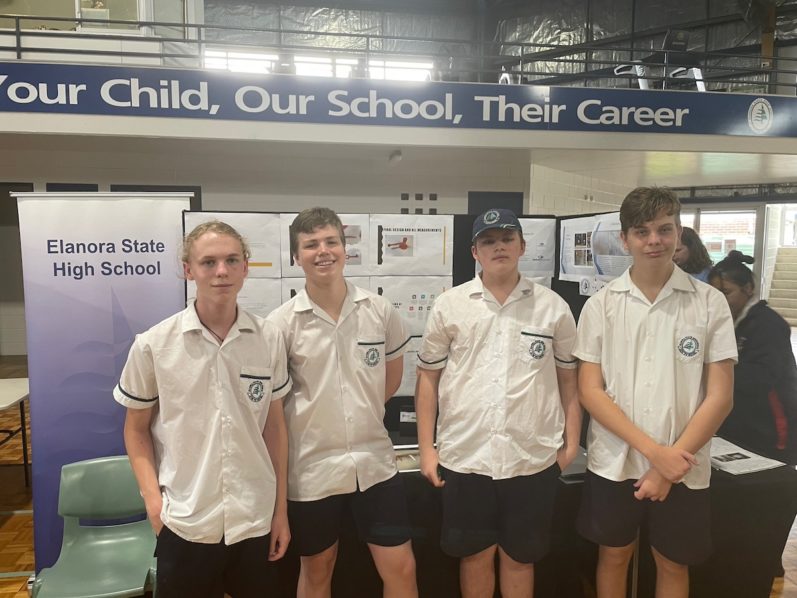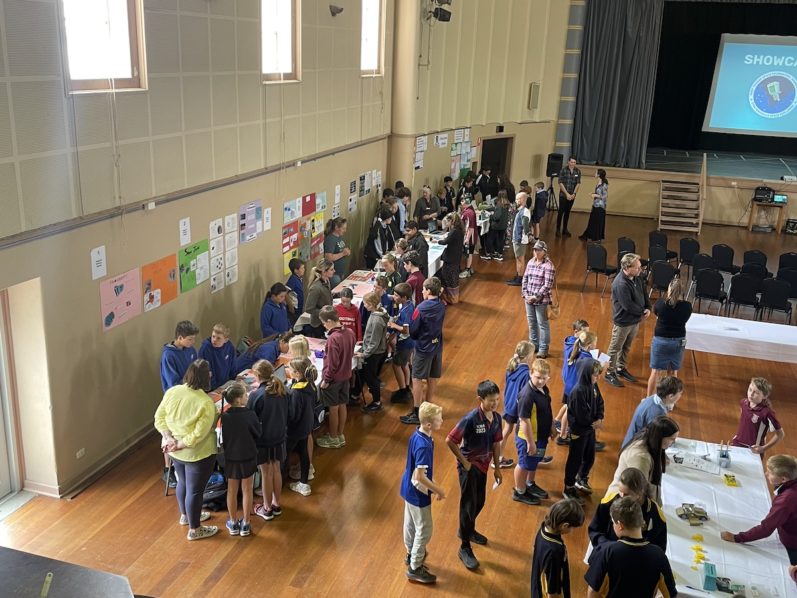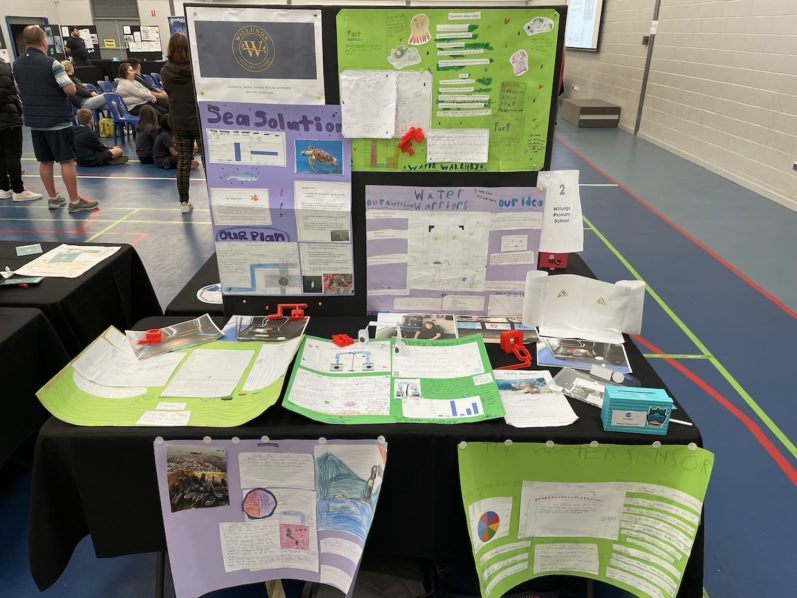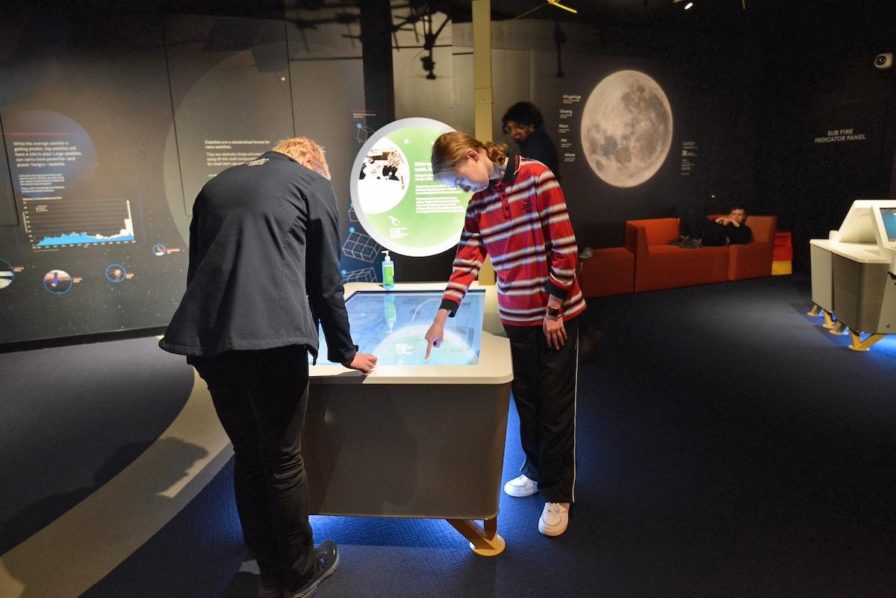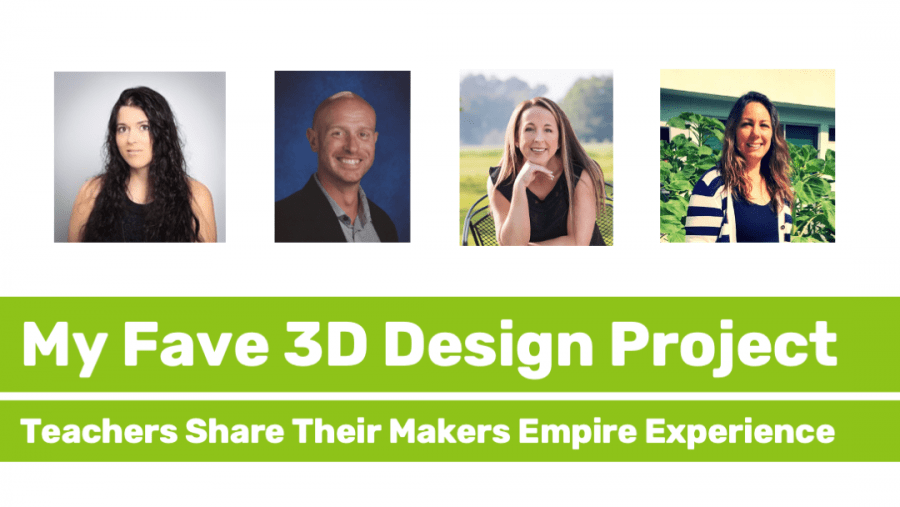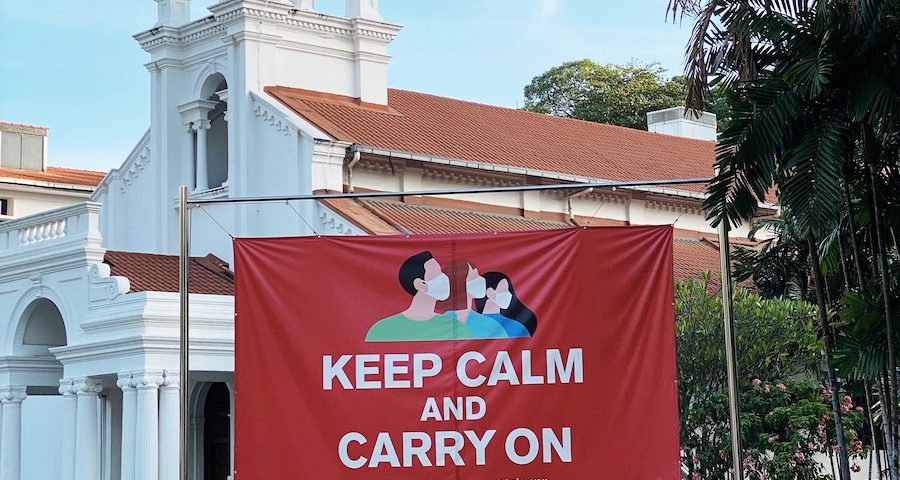Few would argue that STEM learning in K-8 schools is a bad idea. But many are unaware of just how important these STEM initiatives are to our schools.
As reported by CNBC, last year the US had three million STEM jobs left unfilled due to a lack of qualified workers. The same is true in Australia where the Australian Financial Review reported that only 18% of Australian university graduates were in the STEM fields. Science, technology, engineering and math are the industries that move our society forward and there are just not enough workers to fill the demand for these positions.
This is why K-8 initiatives for STEM and STEAM are so important. We are instilling a passion for STEM into today’s students so that they are prepared and excited to take on STEM jobs in their futures. To develop this passion for STEM, students need to experience STEM subjects in an engaging, exciting, and hands-on way. Makers Empire is a great way to make that possible. Makers Empire is fun for students and positions them as engineers, creators, problem solvers… all the things we want our students to be.
Here are 10 examples of teachers using Makers Empire with their students to promote STEM and STEAM learning in their classrooms. Click on the headings to learn more about individual school examples.
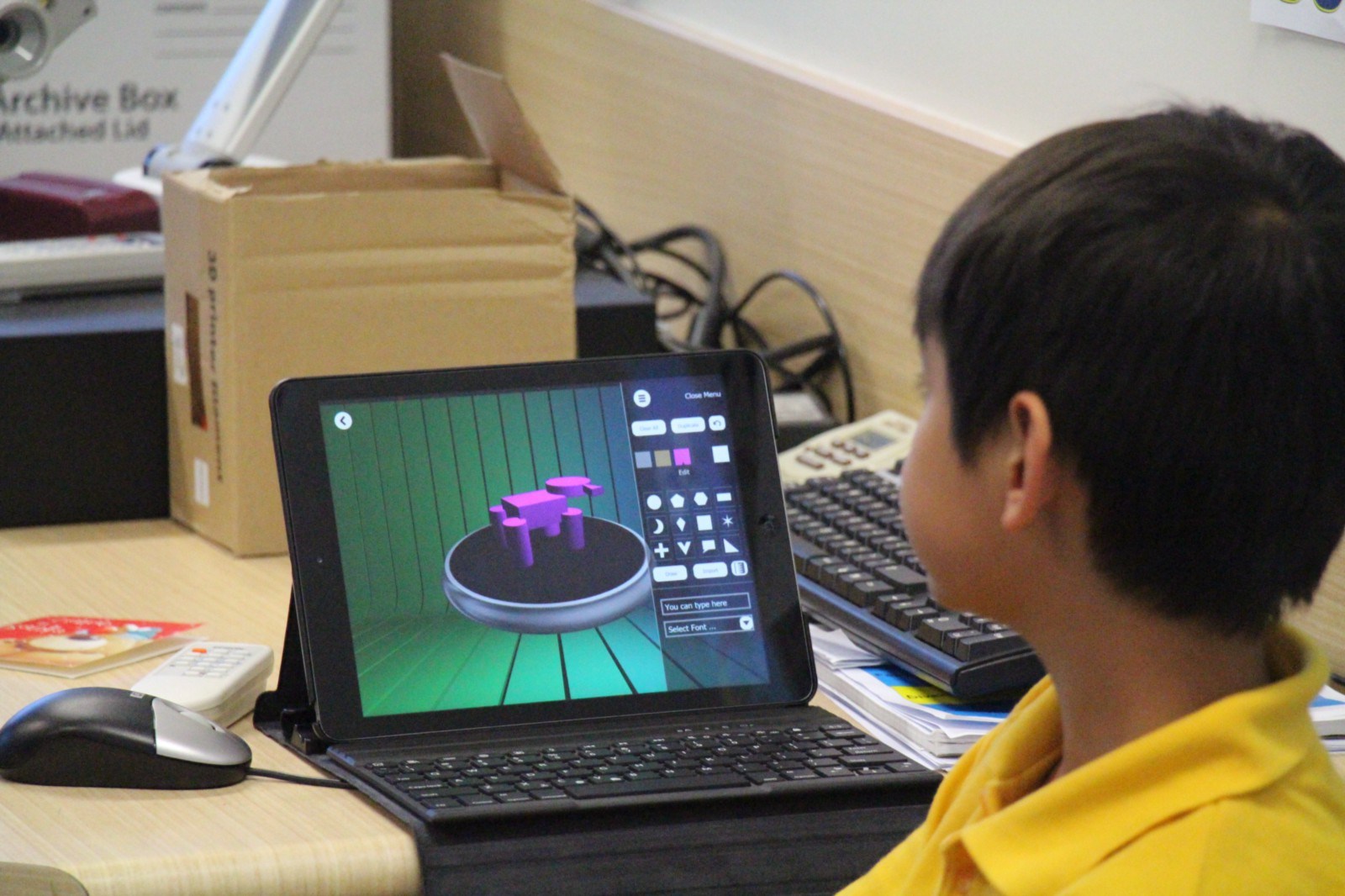
Students were asked what at animal would look like once it had adapted to the environment on Mars. To answer this question students had to learn about how the climate on Mars is different than the climate on Earth. Then they use 3D design to explore how the animal’s body and behavior would change after adapting to life on Mars!
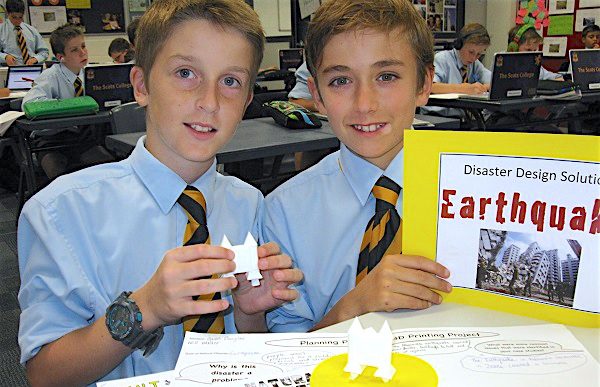
When students were learning about the different types of natural disasters, they took their learning one step further. They decided to create solutions to the problems caused by natural disasters. The students identified the unique problems associated with each type of natural disaster and then 3D designed and printed solutions to those problems.
